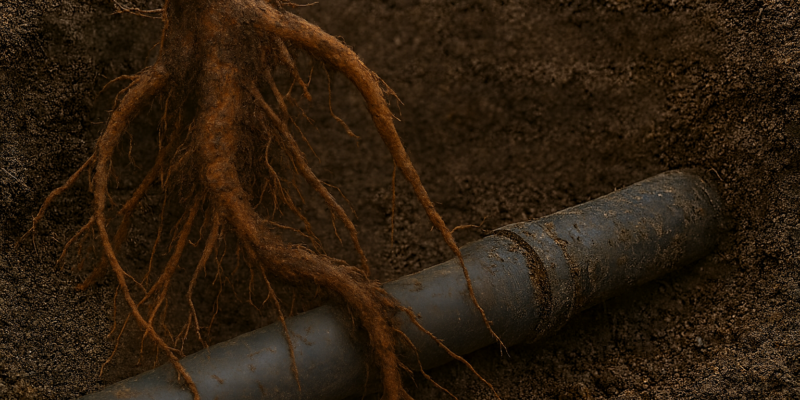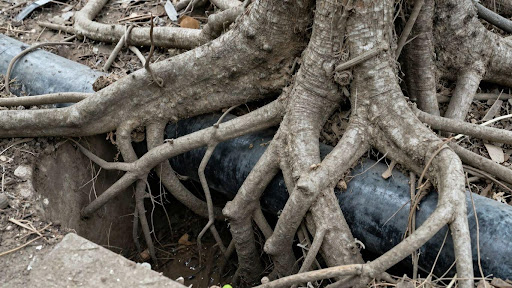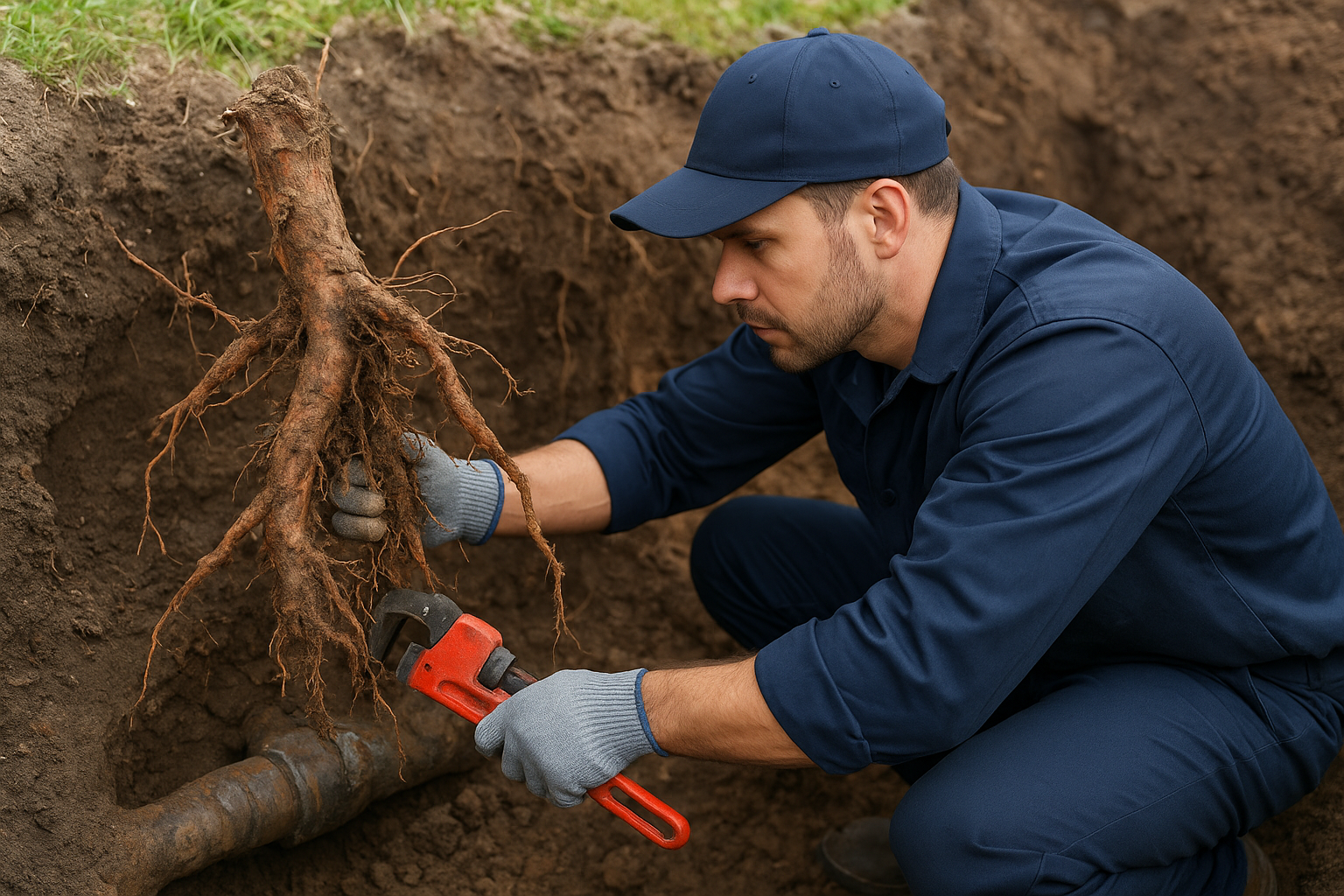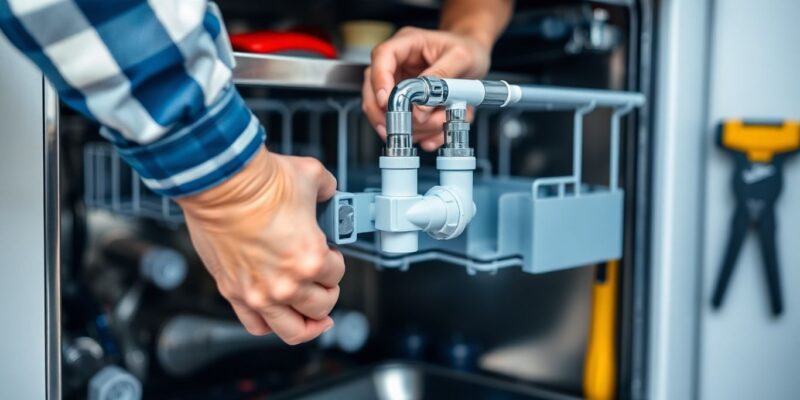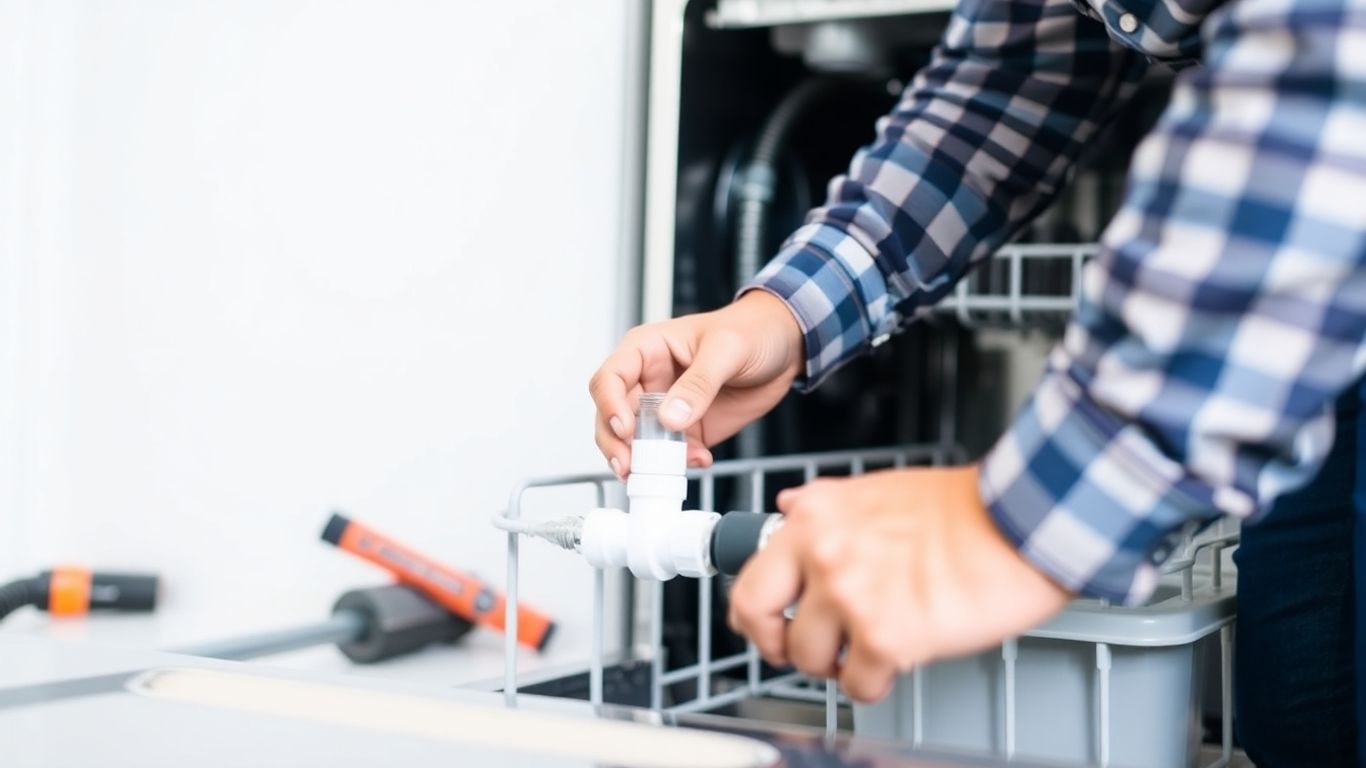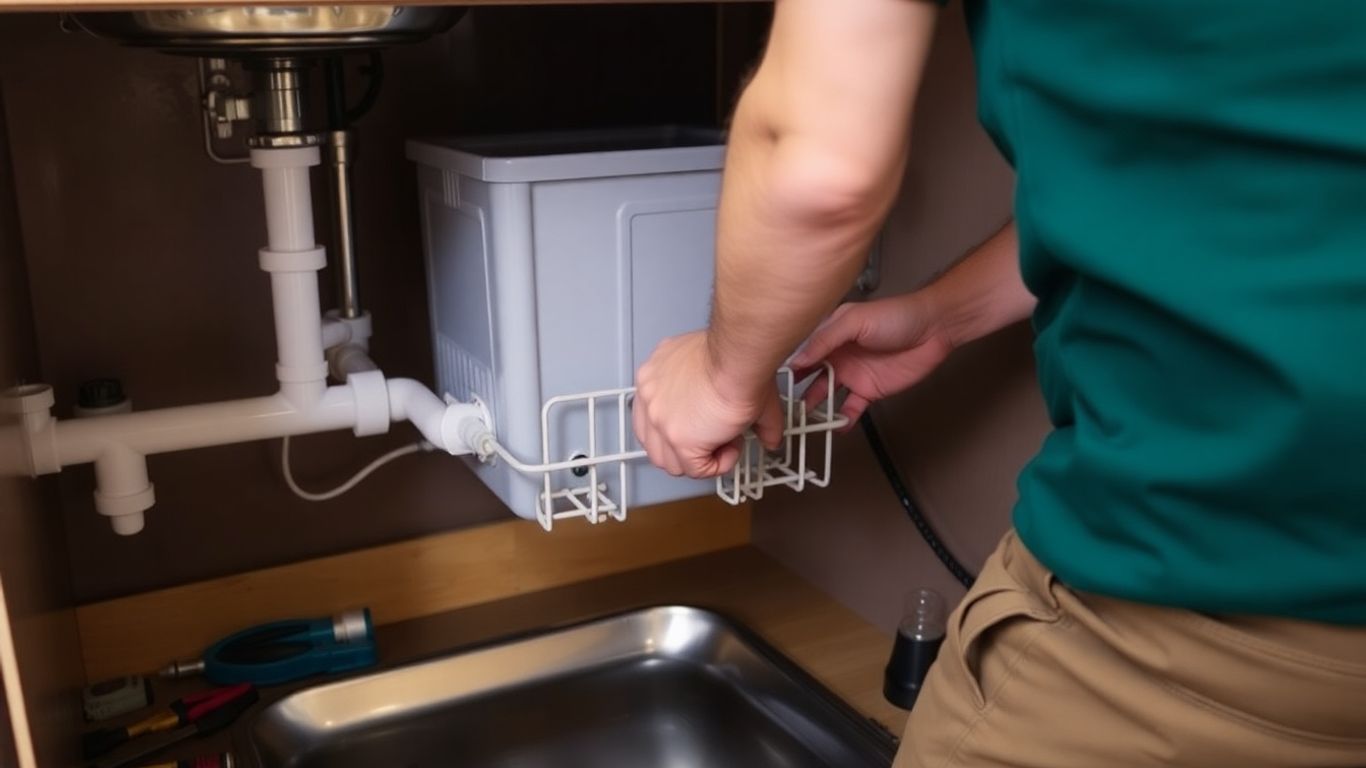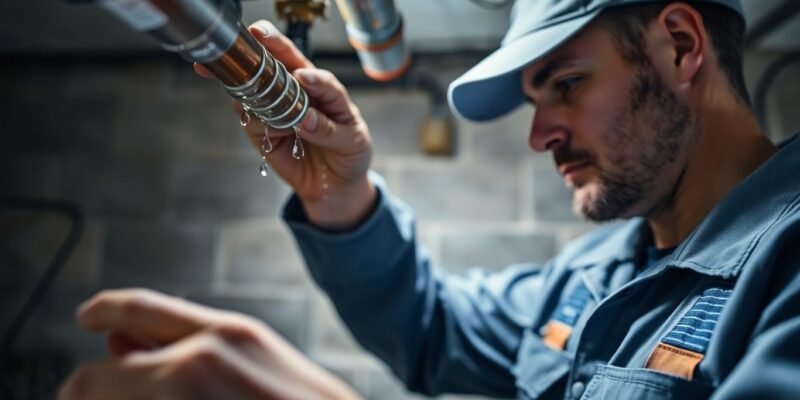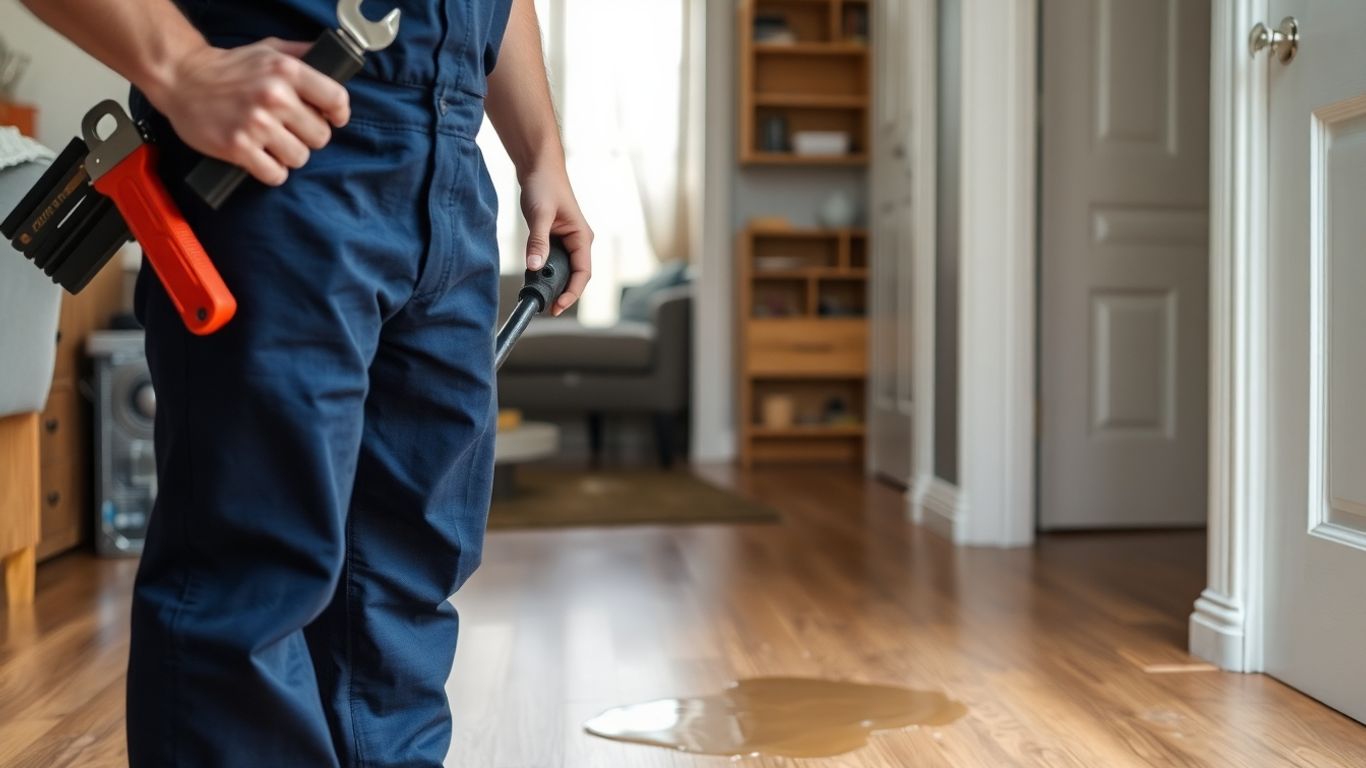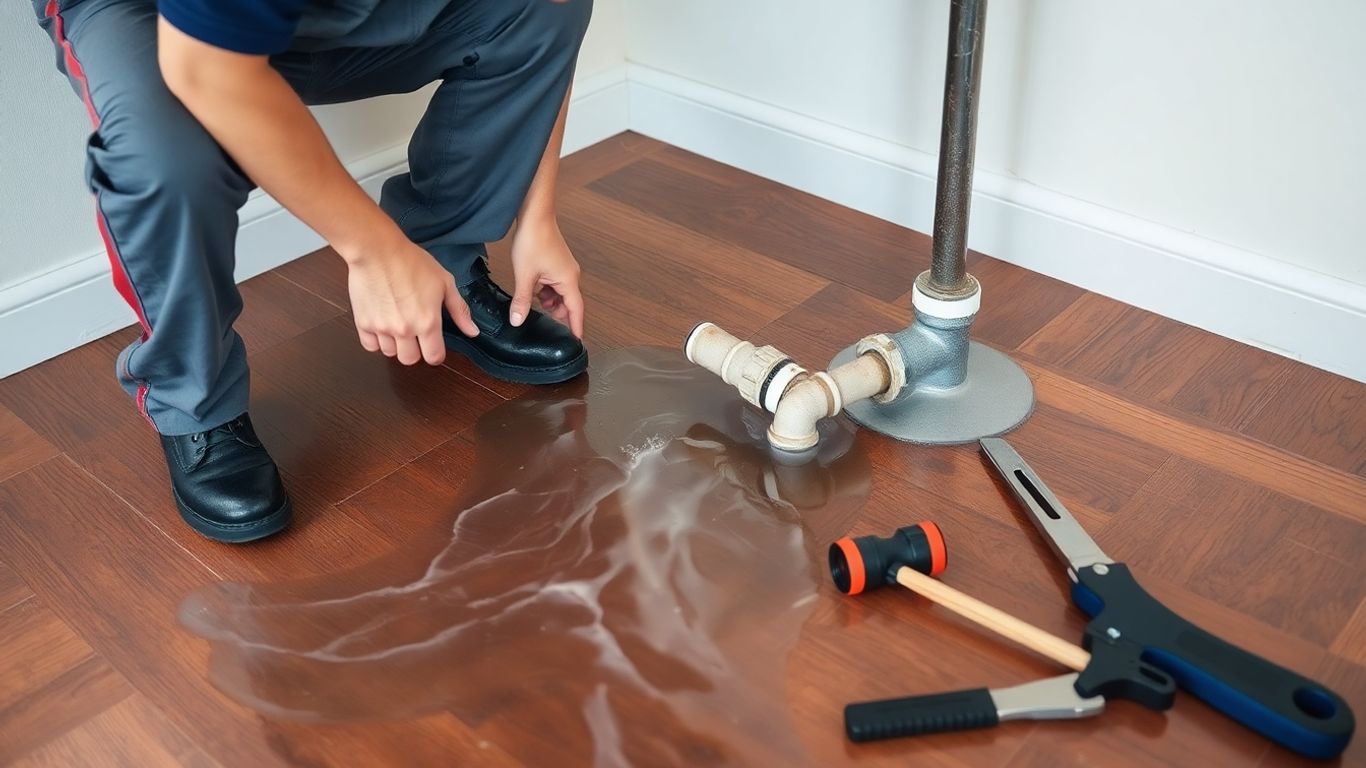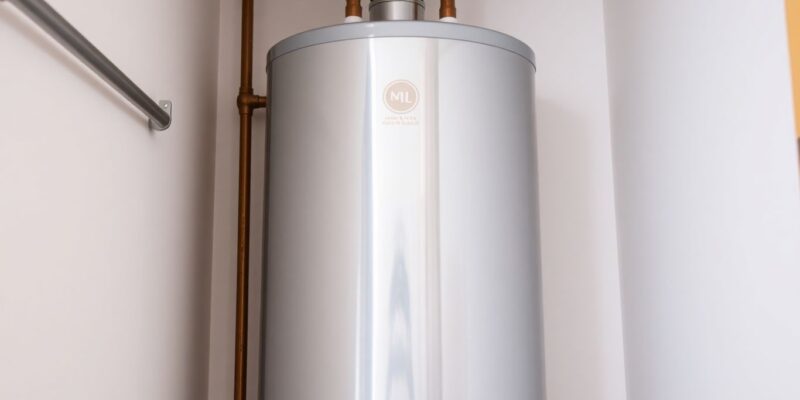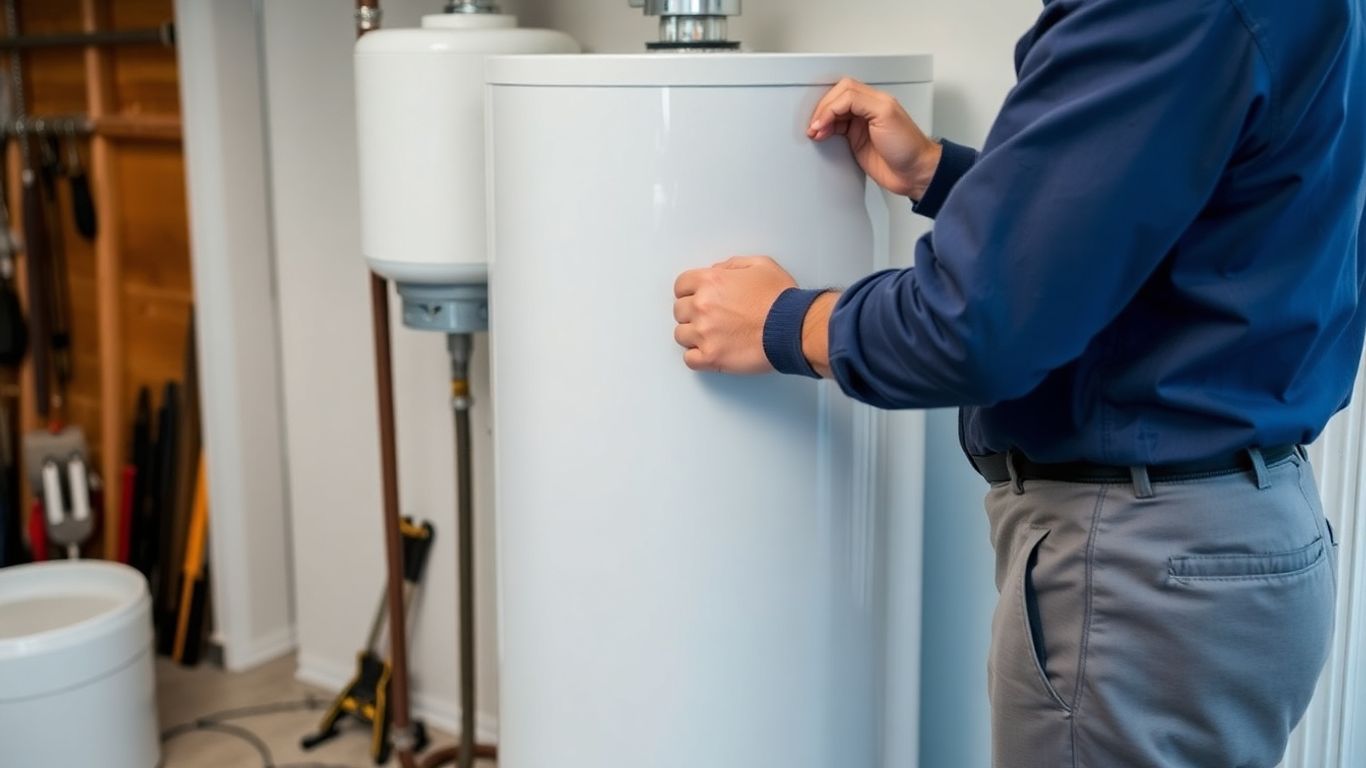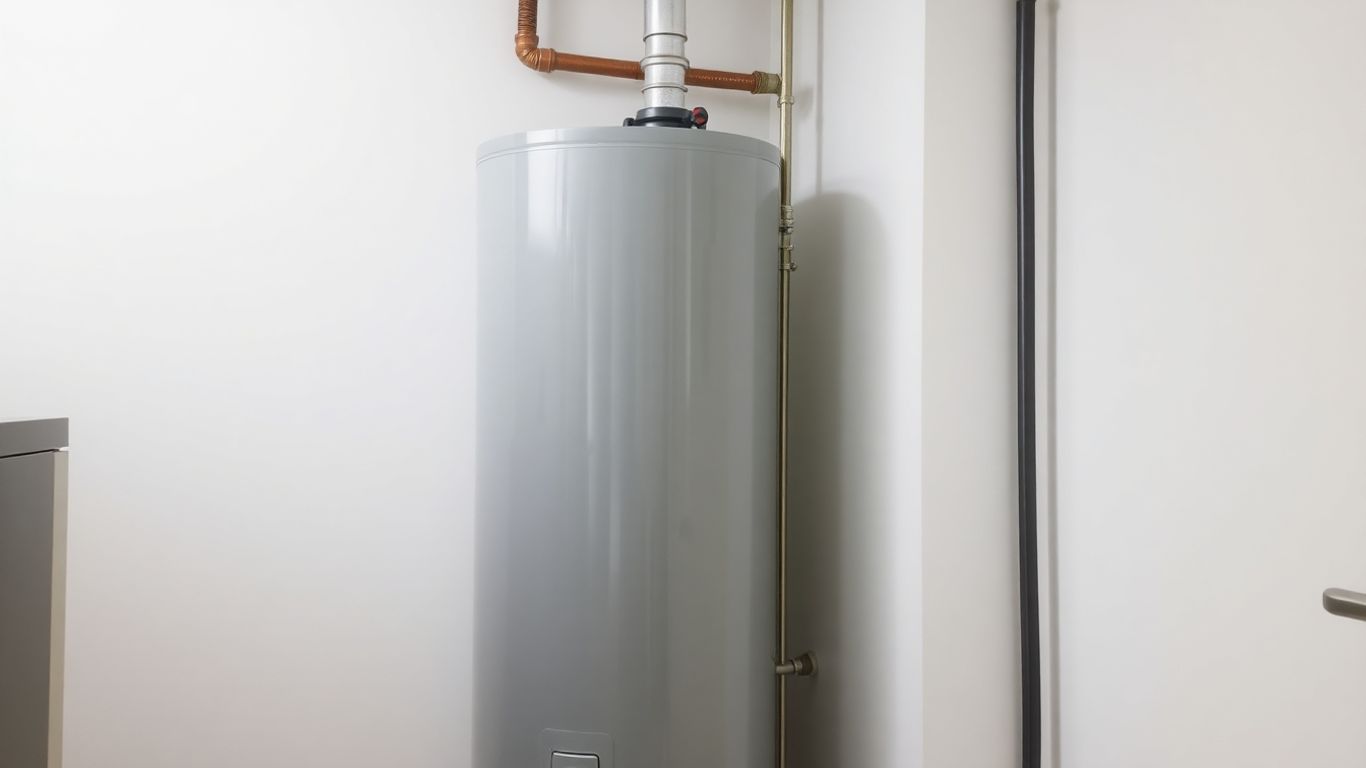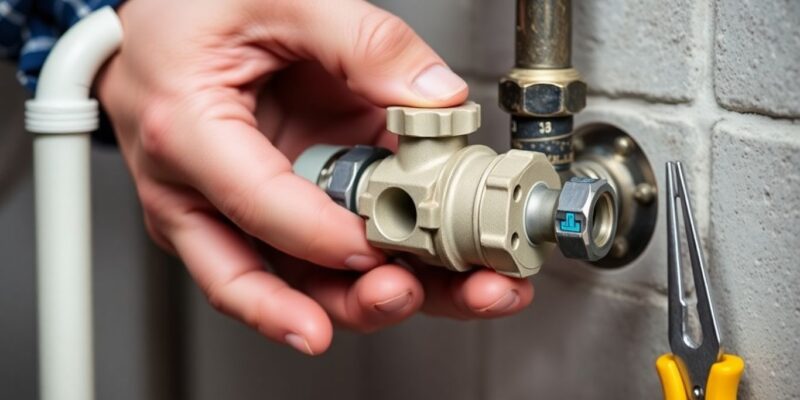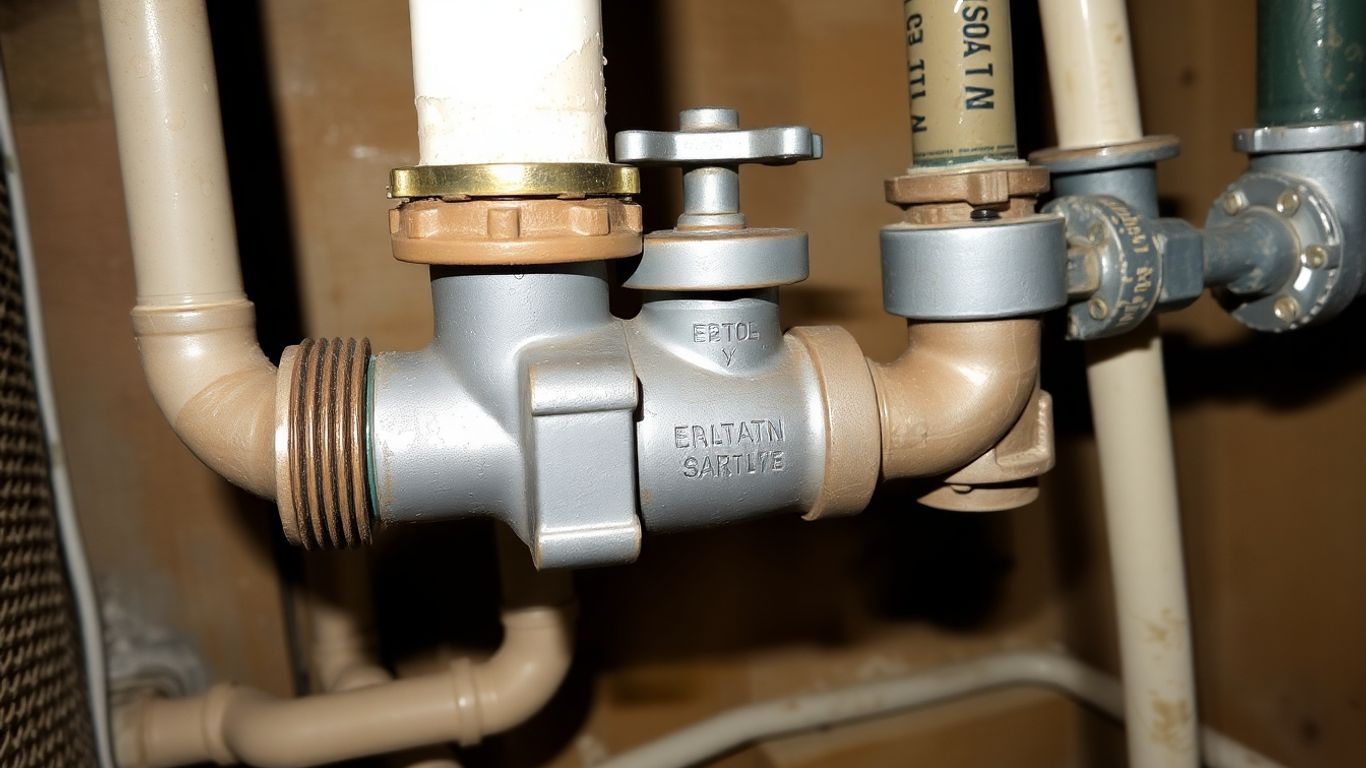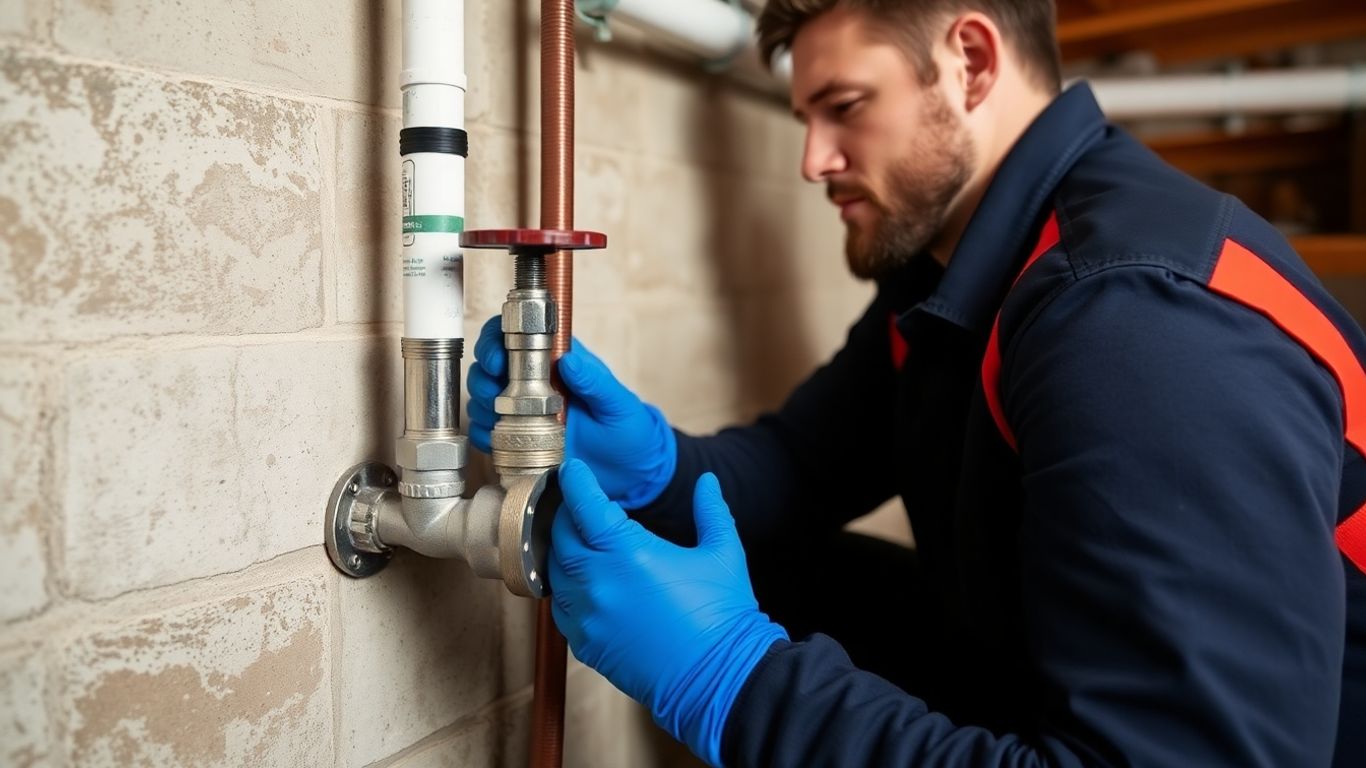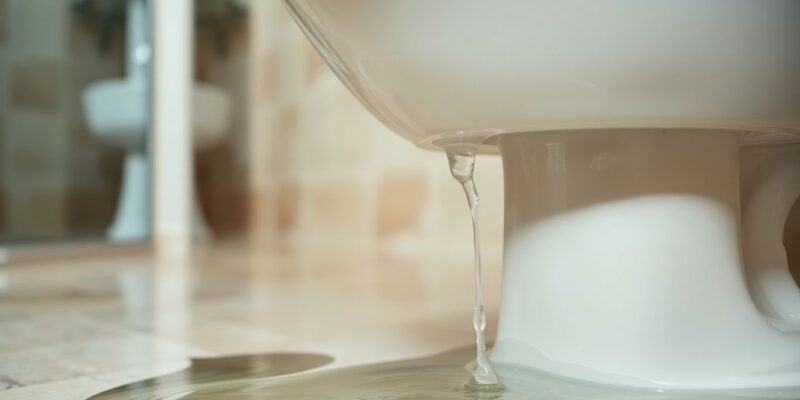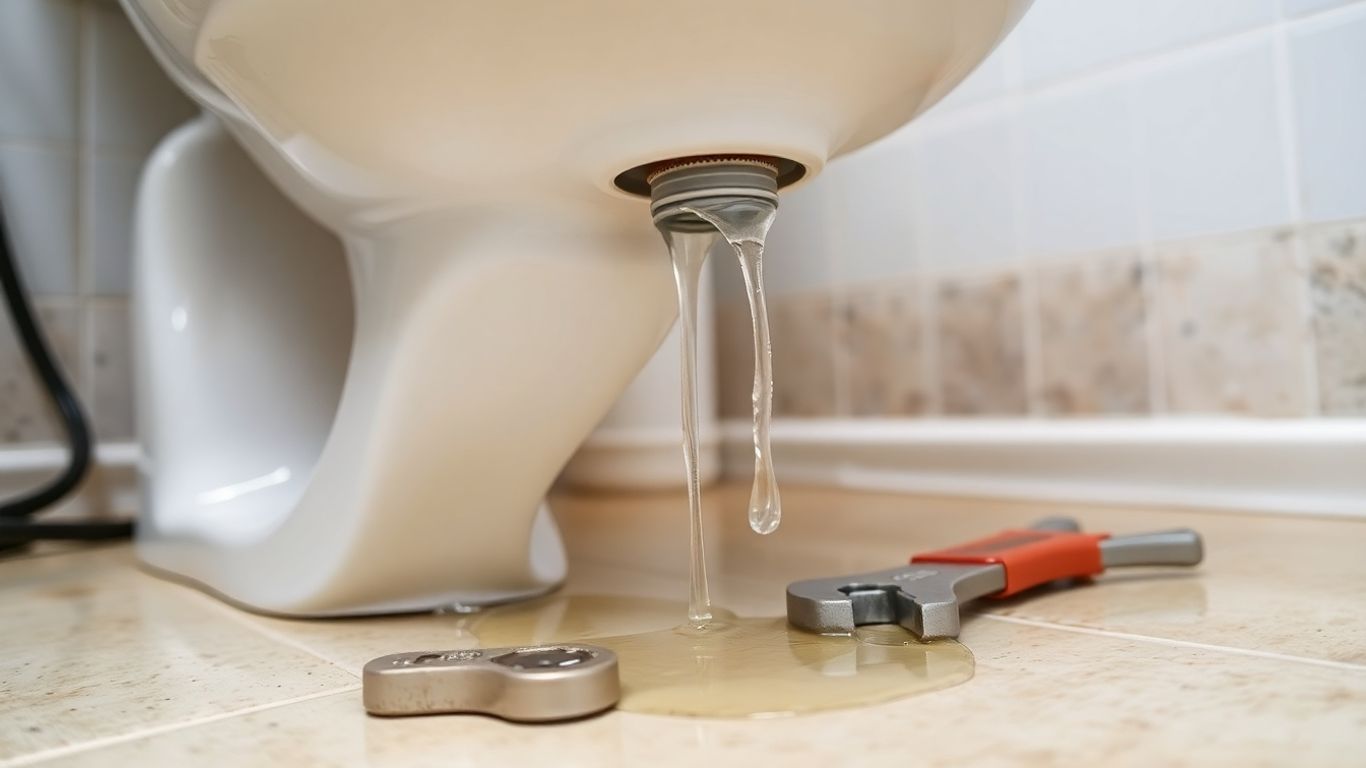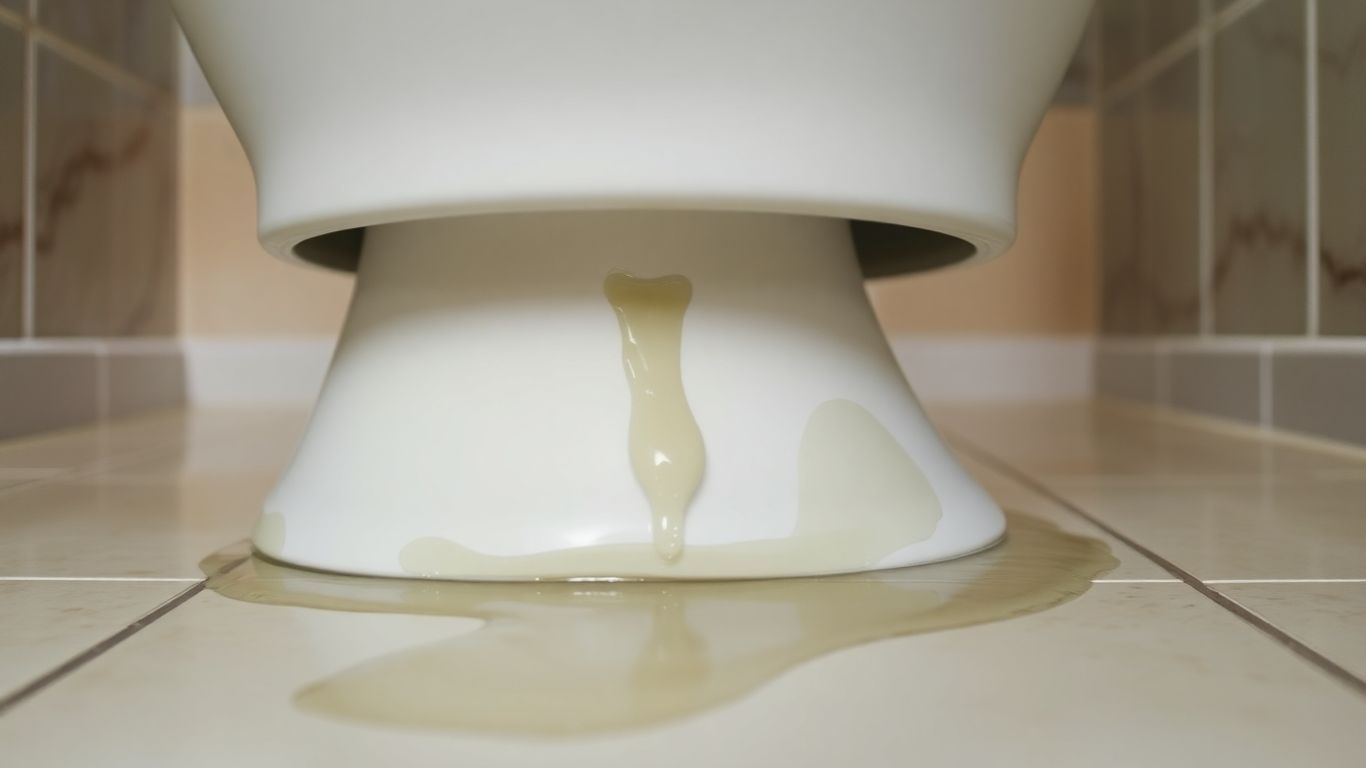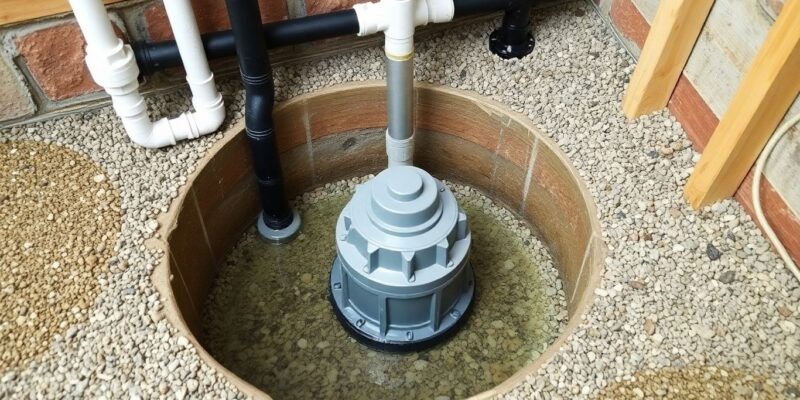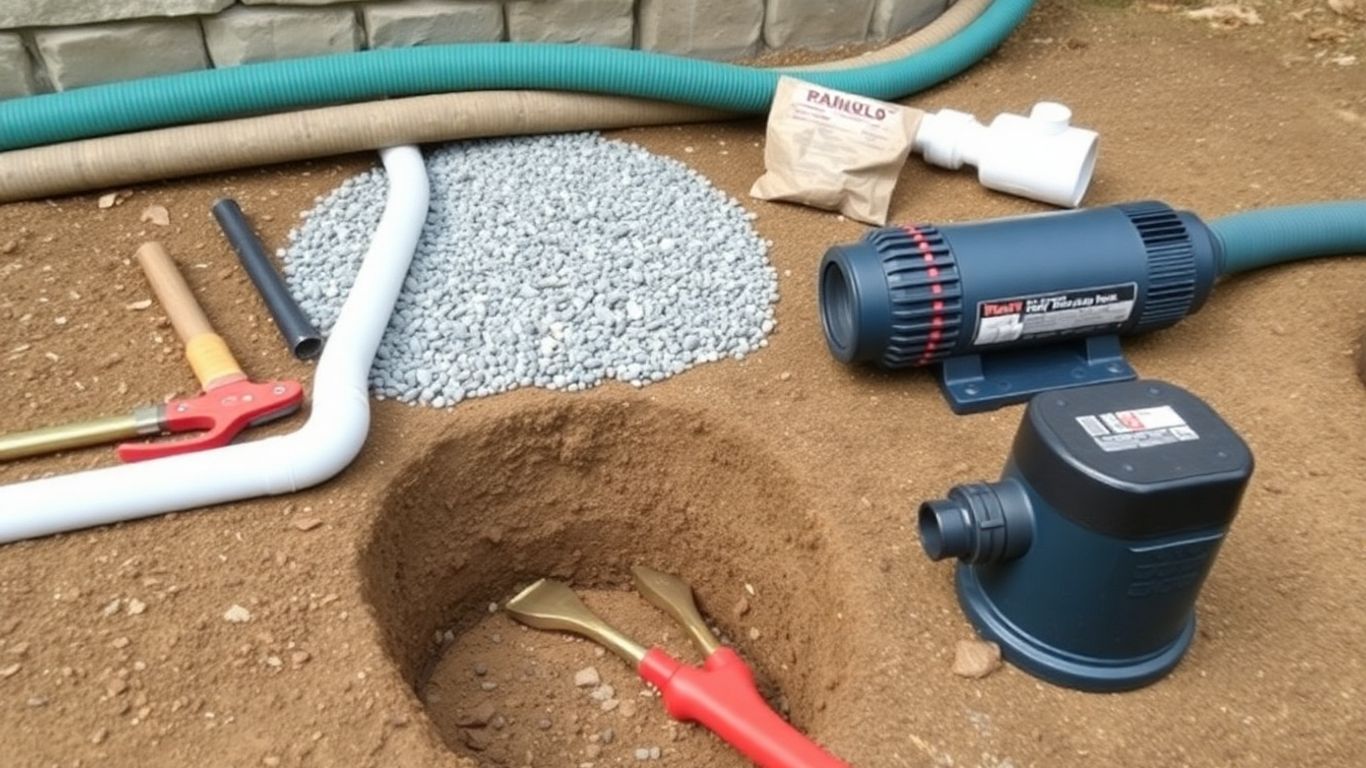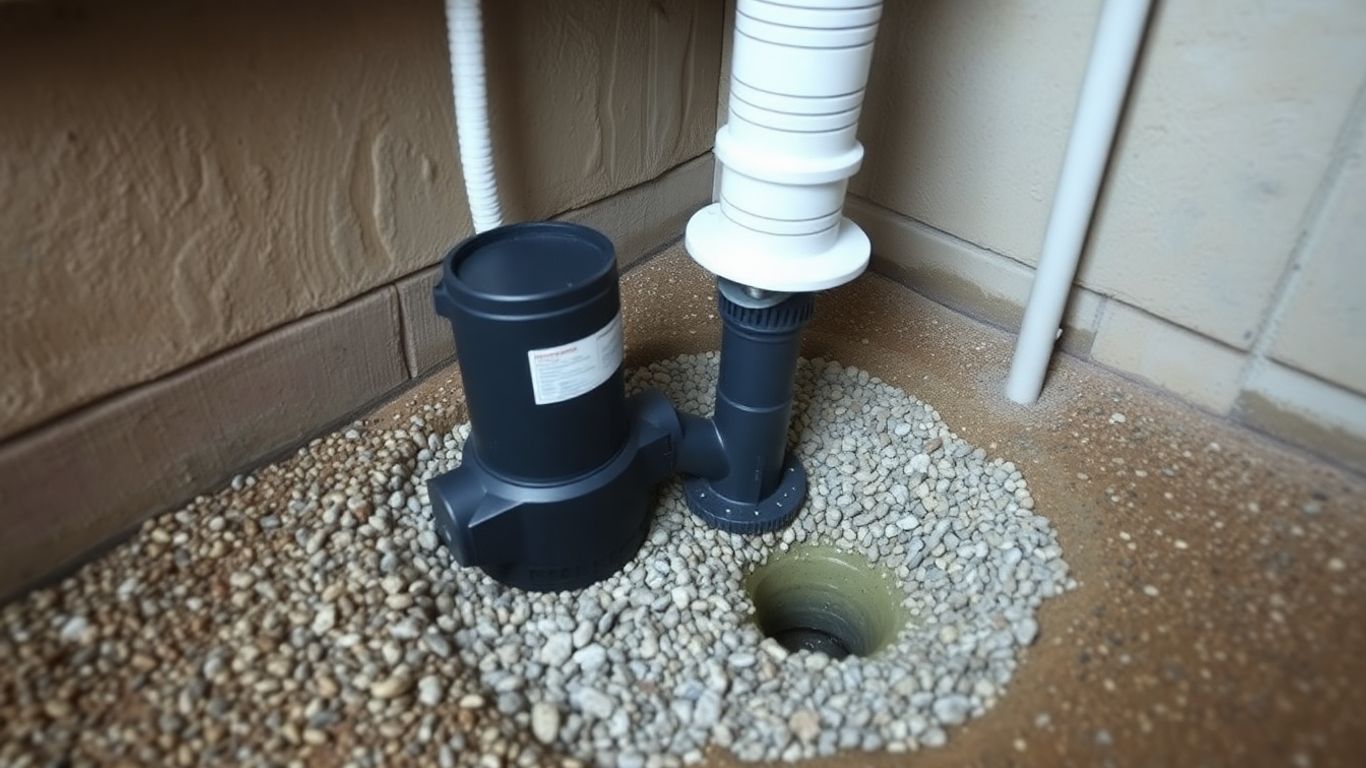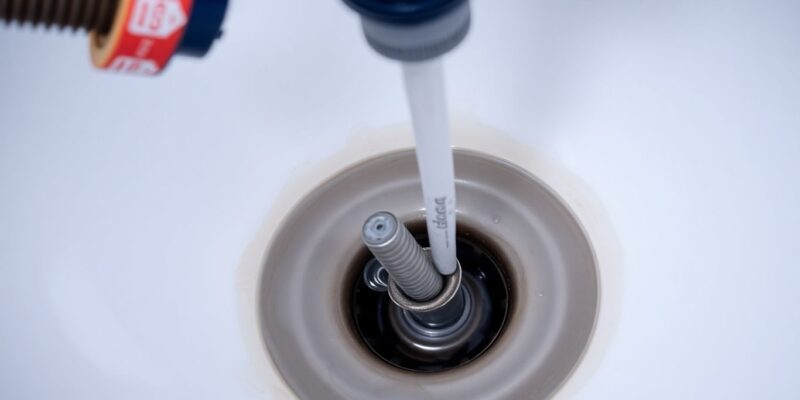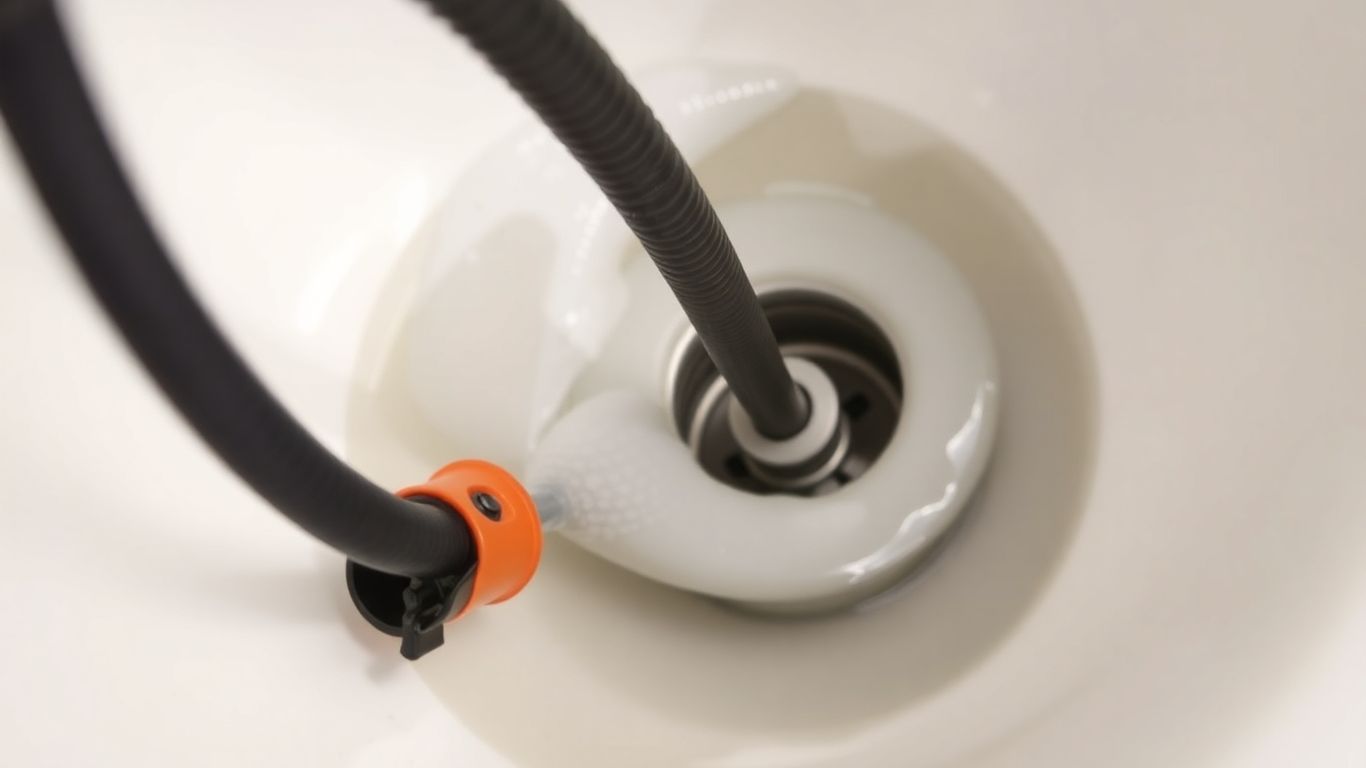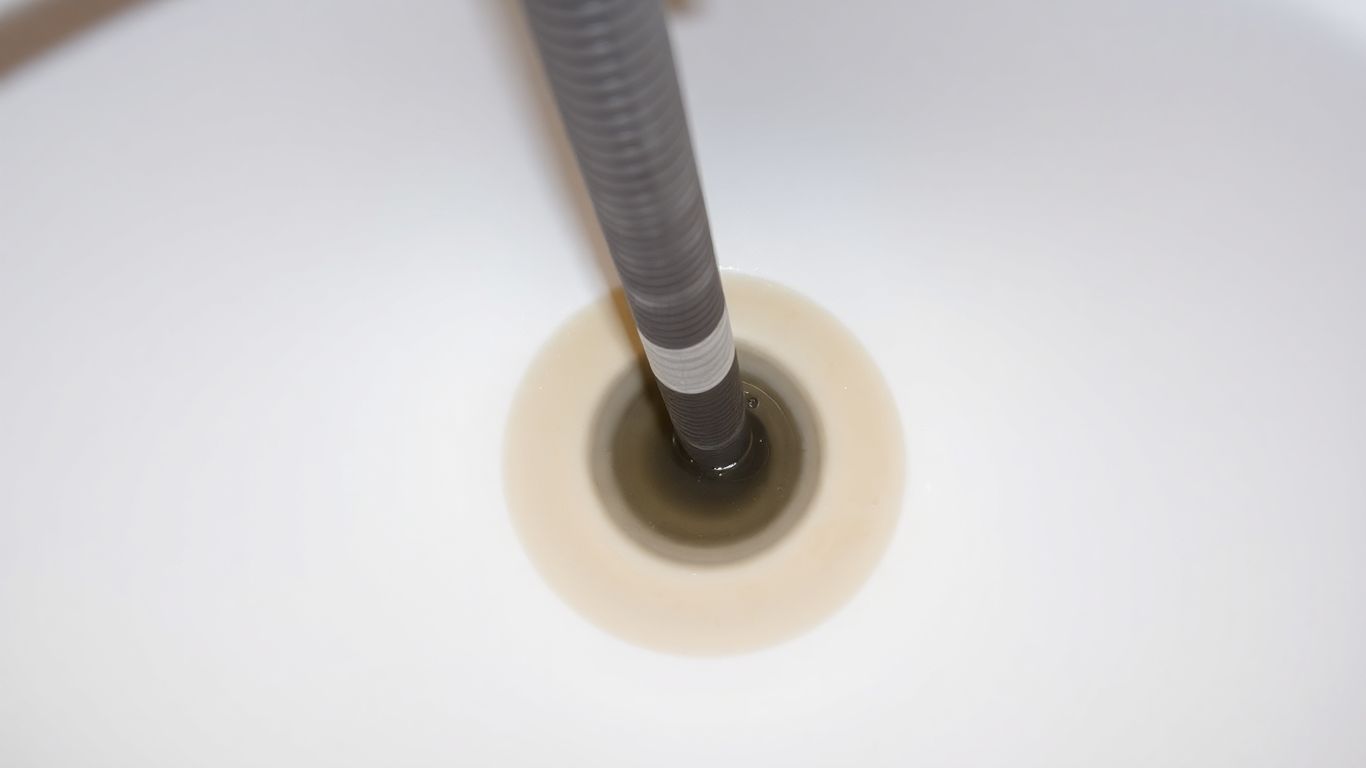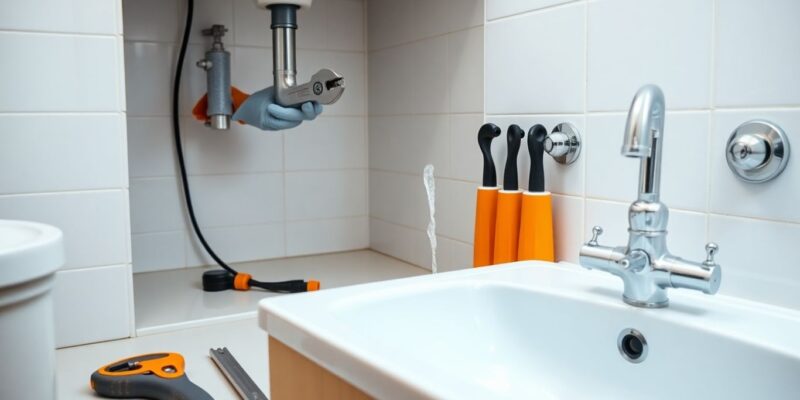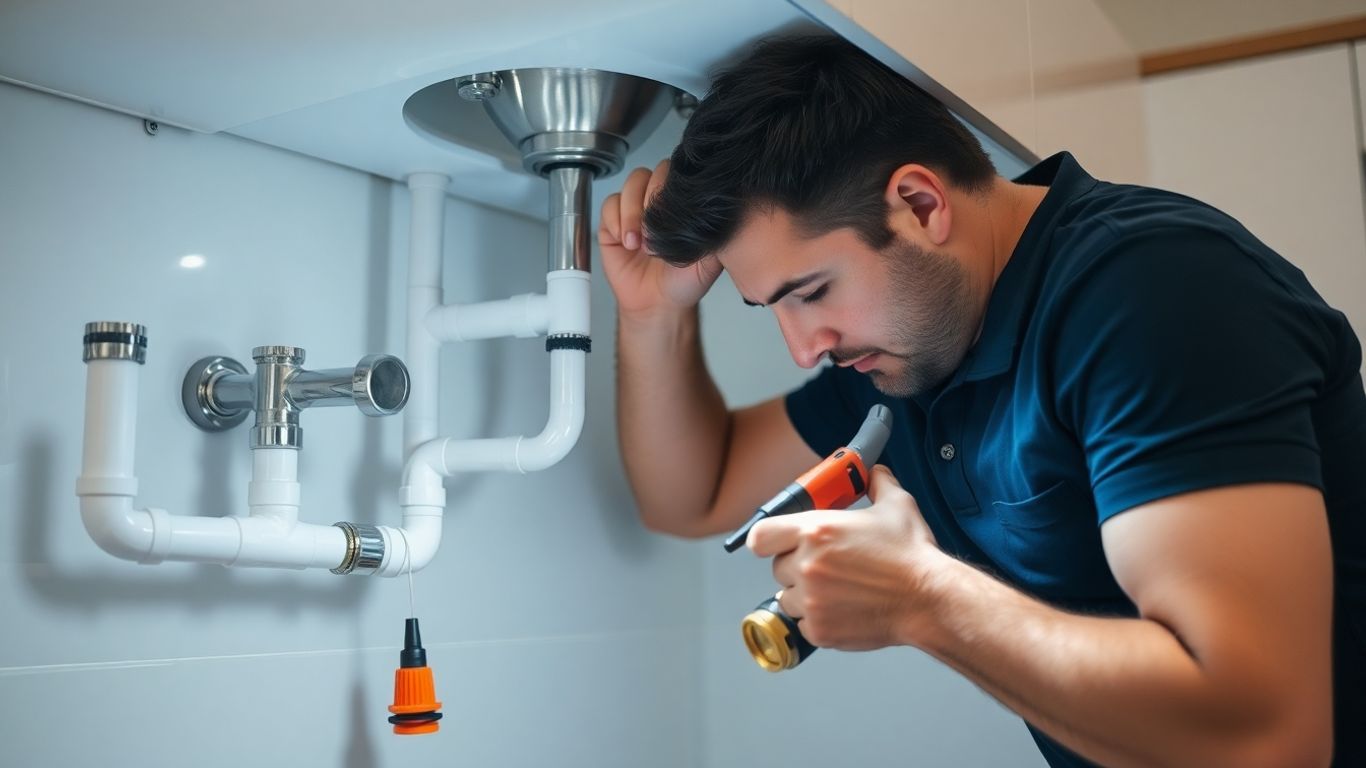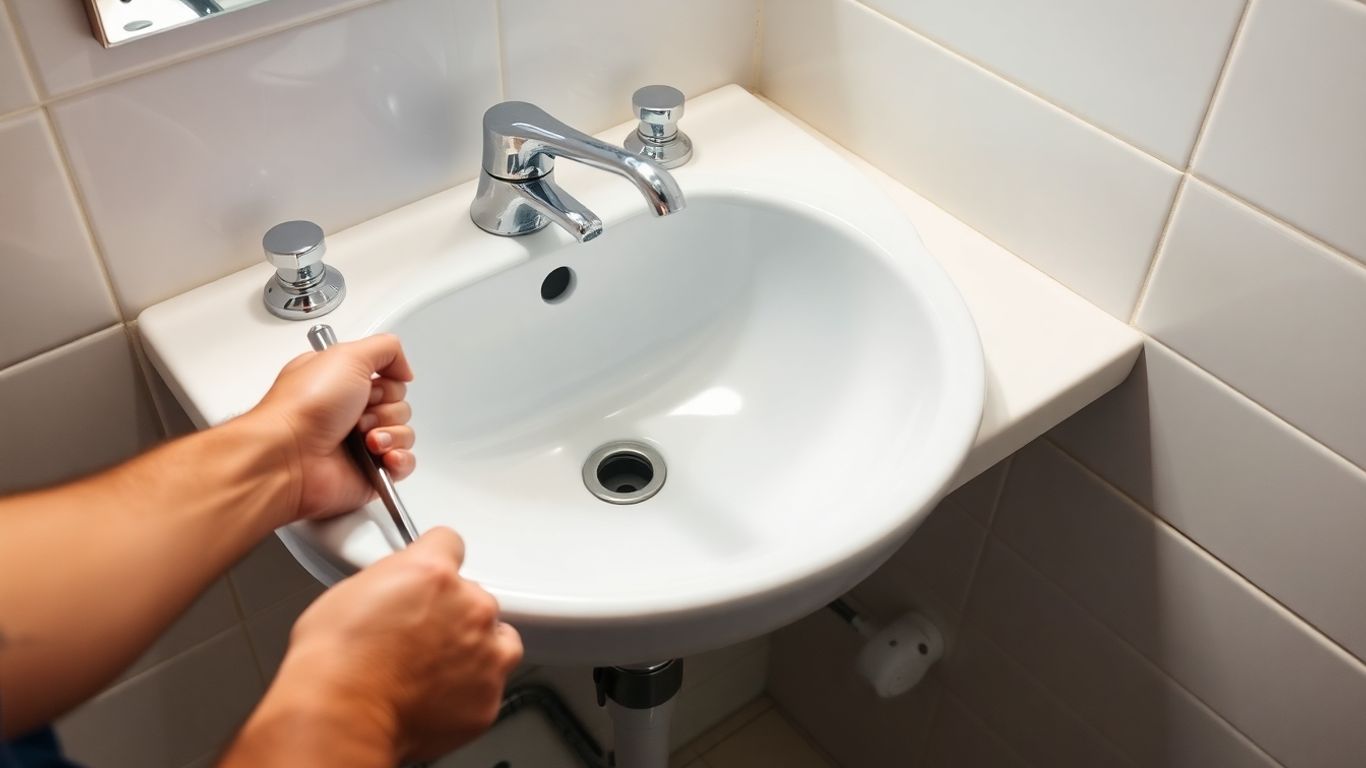Many homeowners enjoy having healthy trees and landscaped yards, but at times these trees can cause unexpected plumbing problems—especially when their roots invade sewer lines. While it may seem surprising, it happens more often than you might think. When roots reach your sewer line, they can turn a simple clog into a major plumbing issue. Here’s how to spot the signs, understand the causes, and take effective action without stress.
Key Takeaways
- Tree roots are a common culprit for underground pipe blockages because they seek out moisture and nutrients.
- Watch out for early signs such as slow drainage, strange noises, foul odors, or sewage backups.
- A sewer camera inspection is the best way for a professional to confirm what’s causing the issue.
- Mechanical cutting and hydro jetting can clear blockages, though they typically offer only short-term relief.
- For long-term solutions, pipe relining or replacement might be necessary if the damage is significant.
- Preventing future issues involves smart tree placement, root barriers, and routine plumbing maintenance.
- Calling an expert is usually the safest and most effective approach.
What Causes Tree Roots in Plumbing Systems?
Many homeowners notice drainage issues and assume it’s a simple blockage. Often, the culprit isn’t some mysterious plumbing gremlin, but something much more natural and persistent: tree roots. Tree roots have a knack for finding their way into our homes’ underground pipes. Roots naturally migrate toward moisture sources, and our sewer lines are prime real estate for their needs.
Why Tree Roots Target Sewer and Drain Lines
Roots naturally migrate toward underground moisture, making older or compromised pipes especially vulnerable. Even tiny openings can attract them. Once a root tip enters, it finds an ideal environment and begins to grow, gradually worsening the damage.
How Cracked, Old, or Clay Pipes Invite Root Intrusion
Older clay or cast-iron pipes often develop cracks, loose joints, or corrosion. These small gaps—sometimes the size of a pencil tip—are all the roots need to enter. PVC is more resistant, but even a minor defect or poorly sealed joint can allow root growth to begin.
Common Tree Types That Cause Plumbing Problems
Not all trees are created equal when it comes to plumbing invasion. Some species are notorious for their aggressive and far-reaching root systems. While any tree planted too close to your sewer line can eventually cause issues, certain types are more likely to cause trouble sooner rather than later. These often include trees that grow quickly and develop wide-spreading root systems. Species most commonly linked to root intrusion include:
- Willows: Famous for their thirst, willow roots are aggressive and will travel long distances to find water.
- Maples: Many maple varieties have dense, fibrous root systems that spread widely.
- Oaks: While sturdy trees, can develop extensive root systems that can pose a threat.
- Poplars and Aspens: These fast-growing trees are known for their invasive root behavior.
It’s not just about the type of tree, though. The age of the tree and its proximity to your underground pipes are also major factors. A mature tree with a well-established root system is more likely to be actively seeking out water sources like your sewer line.
How Tree Roots Cause Plumbing Problems
Tree roots are surprisingly persistent and can cause a whole lot of trouble for your home’s plumbing system. It’s not just about a few stray roots; these things can really wreak havoc if left unchecked. Understanding how they get in and what they do is the first step to dealing with these pesky invaders.
How Roots Enter Through Small Pipe Cracks
Tree roots take advantage of even tiny cracks or loose joints, using these tiny imperfections as entry points to access moisture and nutrients. Once inside, they expand and branch out, gradually blocking the flow of wastewater. This growth can slow drains, catch debris, and eventually lead to severe blockages, pipe damage, or backups.
Signs of Tree Roots Causing Plumbing Problems
Early indicators of root intrusion are often subtle in your home’s plumbing, but when tree roots start making their way into your sewer lines, they usually leave clues. Catching these signs early can save you a lot of headaches and money down the road. When the system is stressed, it often sends out early indicators.
Slow Drains and Recurring Clogs
One of the most common, and often first, signs that tree roots are messing with your pipes is when things just start draining slower than usual. You might notice your kitchen sink taking longer to clear after washing dishes, or the shower water lingering around your ankles. This isn’t just a one-off clog; it’s a persistent sluggishness that seems to get worse over time.
- Multiple Fixtures Affected: If you see slow draining happening in more than one place – say, your bathroom sink and your bathtub both acting up – it’s a strong indicator that the main sewer line is likely the culprit. Roots tend to block the main line, impacting everything connected to it.
- Recurring Blockages: You clear a clog, and then bam, another one pops up a few weeks or months later. This pattern of repeated clogs, especially if they seem to clear temporarily only to return, is a classic sign that something is consistently obstructing the pipe, and roots are a prime suspect.
- Water Backups: In more severe cases, the blockage caused by roots can become so significant that wastewater starts backing up into your home. This can manifest as toilets not flushing properly, or even sewage backing up into sinks or showers. This is a serious plumbing emergency.
How to Confirm Tree Root Intrusion in Your Sewer Line
If you suspect that tree roots are invading your sewer pipes, there’s a way to confirm it. It’s a common problem, but how do you actually know for sure? Excavation is not a practical first step. Luckily, there are ways to confirm if tree root intrusion is the culprit behind your plumbing woes.
Sewer Camera Inspection
This is the gold standard for figuring out what’s going on deep inside your sewer line. This process gives a clear, real-time view inside the line. A professional plumber will send a specialized, high-resolution camera attached to a flexible rod right into your sewer line. This camera can snake its way through the pipes, sending back video footage to a monitor.
This inspection is the most reliable way to pinpoint the location and severity of the blockage. It shows:
- Where roots are entering
- How much of the pipe is blocked
- Overall pipe condition
- Whether other debris is contributing to the problem
This visual confirmation helps the plumber choose the right fix.
Professional Solutions for Tree Roots in Plumbing
So, you’ve got a suspicion that tree roots have deeply infiltrated your sewer line. It happens. When you’re dealing with this kind of plumbing problem, while some DIY methods exist, a professional assessment ensures the right solution is chosen. They’ve got the tools and the know-how to tackle these woody invaders.
Mechanical Root Cutting & Snaking
This is often the first line of defense when roots have made a mess of your pipes. A plumber will send a specialized cutting tool, often attached to a long, flexible snake, down into your sewer line. This tool spins and grinds away at the roots, breaking them up so they can be flushed out. It’s like mechanically removing dense root intrusions.
- How it works: A rotating cutting head on a flexible cable breaks apart root masses.
- What to expect: It clears the immediate blockage, allowing wastewater to flow again.
- Important note: This is usually a temporary fix. Roots are persistent little things and will likely grow back if the underlying issue isn’t addressed.
Hydro Jetting for Root Intrusion Drain Cleaning
Think of hydro jetting as a high-pressure internal pipe cleaning. Instead of a cutting tool, a high-pressure water jet is used to blast away roots, sludge, and other debris that’s built up inside your sewer line. It’s incredibly effective at cleaning out the pipe walls.
- The process: A hose with a specialized nozzle is inserted into the pipe, and water is released at extremely high pressure (thousands of PSI).
- Benefits: It not only removes roots but also thoroughly cleans the pipe, removing buildup that could encourage future root growth.
- When it’s best: This method works well for clearing out smaller roots and general pipe grime, often used after mechanical cutting or as a preventative measure.
Dealing with plumbing tree root removal is a job best left to experienced professionals. They can accurately diagnose the problem with camera inspections and then apply the most effective solution, whether it’s cutting, jetting, or recommending more permanent pipe repairs.
Why You Need a Professional Plumber for Tree Root Removal
Many homeowners initially consider addressing the issue themselves. When you see those tell-tale signs of a plumbing problem, your first thought might be to grab a wrench and tackle it yourself. Maybe you’ve watched a few DIY videos, and it looks pretty straightforward. But when it comes to tree roots invading your sewer line, this is definitely not a DIY job.
Professionals have the right tools and the know-how to handle this kind of mess. They can use special cameras to see exactly where the roots are and how bad the damage is. This cannot be diagnosed through surface-level symptoms alone. They also have equipment like hydro-jetters that blast away roots with high-pressure water, or mechanical augers that can cut through them. These aren’t your average household plumbing tools.
Here’s why calling in the pros is the smart move:
- Accurate Diagnosis: A plumber can pinpoint the exact location and extent of the root intrusion using video camera inspections. This means they know exactly what they’re dealing with before they start.
- Effective Root Removal: They have advanced equipment capable of cutting through or blasting away roots, clearing your pipes so water can flow again.
- Long-Term Solutions: Simply cutting roots is often a temporary fix. Professionals can recommend and implement solutions like pipe lining or replacement to prevent future invasions. This might involve trenchless sewer repair, which is less disruptive.
- Preventing Further Damage: Incorrect attempts to remove roots can damage your pipes further, leading to more expensive repairs. A professional ensures the job is done right the first time.
So, while you might be tempted to save a few bucks, when it comes to root intrusion, it’s best to call a professional plumber. Experienced plumbers handle these situations routinely and know how to get your pipes back in working order without causing a bigger headache.
Long-Term Prevention Tips to Stop Tree Roots from Entering Plumbing
Dealing with tree roots in your sewer lines can be highly disruptive, but thankfully, there are ways to stop them from causing trouble in the first place. It’s all about being smart with your landscaping and keeping an eye on your pipes.
First, know where your sewer lines are. If you’re planning to plant new trees, ensure adequate distance between trees and sewer lines. A good rule of thumb is to plant them at least 10 to 20 feet away from any sewer lines. Some trees have really aggressive root systems, so it’s worth looking into the type of tree before you dig. If a tree is too close to your sewer line, professional tree removal in Ottawa can help prevent future root intrusion while keeping your yard safe and healthy.
- Regularly inspect your pipes. Even if you don’t have a problem now, it’s smart to check your plumbing system annually. This can help catch small issues before they become big ones.
- Clean your drains often. Routine drain cleaning can remove small root fragments or debris that could attract more roots.
- Install root barriers. These are physical barriers, often made of plastic or metal, that you can install in the soil between your trees and your sewer lines. They create a wall that roots find difficult to penetrate.
- Choose your trees wisely. If you must plant near a sewer line, opt for smaller, slow-growing tree varieties that don’t have invasive root systems.
Sometimes, even with the best intentions, roots can still find their way in. If your pipes are older or already have small cracks, they’re like an open invitation. Fixing these damaged pipes with a new liner or even replacing them entirely can create a solid barrier that roots can’t get through. This is a more involved fix, but it’s a great long-term solution.
Wrapping It Up: Keeping Your Pipes Root-Free
Tree root issues in sewer lines can escalate quickly if not addressed promptly. We’ve gone over how to spot the signs, like those slow drains or weird gurgling sounds, and why it’s usually best to call in the pros. They’ve got the specialized inspection equipment and tools to figure out exactly what’s going on without tearing up your yard.
Remember, planting smart and keeping an eye on older trees near your pipes is your best bet for avoiding these issues in the first place. If you do find yourself with a root problem, don’t wait too long. Getting it fixed properly now can save you a whole lot of hassle and money down the road. Doing so also helps maintain long-term pipe performance.
Frequently Asked Questions
Why do tree roots go into my sewer pipes?
Tree roots are always searching for water and nutrients. Your sewer pipes—especially older ones—can have tiny cracks or loose joints that let out moisture. Roots find these spots and grow into the pipes in search of a steady water source.
What kind of trees are the worst offenders for plumbing problems?
Trees with aggressive root systems are usually the biggest culprits. This includes species like willows, maples, oaks, and poplars. Their roots grow quickly and spread far, making them more likely to find and invade your sewer lines.
What are the signs that tree roots are in my sewer line?
You might notice slow drains, frequent clogs that keep coming back, gurgling sounds from toilets or drains, or even sewage backing up into your home. Sometimes, you may also see wet spots in your yard where the sewer line runs.
Can roots really block my entire sewer line?
Yes, they absolutely can. When roots grow inside the pipes, they can create a tangled mass that stops wastewater from flowing. If left untreated, this blockage can worsen and even cause the pipe to break or collapse.
How can I tell for sure if the roots are the problem?
The best way to know for sure is to have a plumber use a sewer camera. They send a small camera through your pipes to see exactly what’s happening inside. This helps identify whether roots are the cause and how severe the damage is.
What’s the quickest way to get roots out of my pipes?
Professionals can use a tool called a sewer auger or rooter machine to cut through the roots. Another method is hydro jetting, which uses high-pressure water to blast away roots and other buildup. These are effective but usually temporary fixes.
Will cutting the roots fix the problem forever?
Unfortunately, no. Cutting the roots out is usually just a temporary solution because the pipe still has openings where roots can re-enter. A more permanent repair is needed to stop them from growing back.
What are some long-term solutions for root intrusion?
Long-term solutions often involve repairing or replacing damaged pipes. This may include trenchless repair methods like pipe lining, which creates a new, smooth pipe inside the old one, or fully replacing old pipes with new, root-resistant options.
How can I stop tree roots from invading my pipes in the future?
Planting trees a safe distance from your sewer lines is key. You can also install root barriers, which act as physical barriers in the ground to keep roots away from pipes. Regular inspections can help catch early signs of intrusion.
Is it safe to use chemicals to kill roots in my sewer line?
There are chemicals designed to kill roots, but it’s best to let a professional handle them. Some chemicals can be harmful if misused, and they don’t always address underlying pipe damage. They are often only a temporary solution.
Should I call a plumber or try to fix this myself?
It’s almost always best to call a professional plumber. They have the right tools—such as sewer cameras and hydro jetting equipment—to diagnose and fix the problem effectively. DIY attempts can sometimes make the issue worse or cause additional damage.
How much does it usually cost to fix root intrusion?
The cost can vary widely depending on the severity of the intrusion and the repair method needed. Simple root cutting may be less expensive upfront, while pipe lining or replacement costs more. A camera inspection is the best way to get an accurate estimate.

